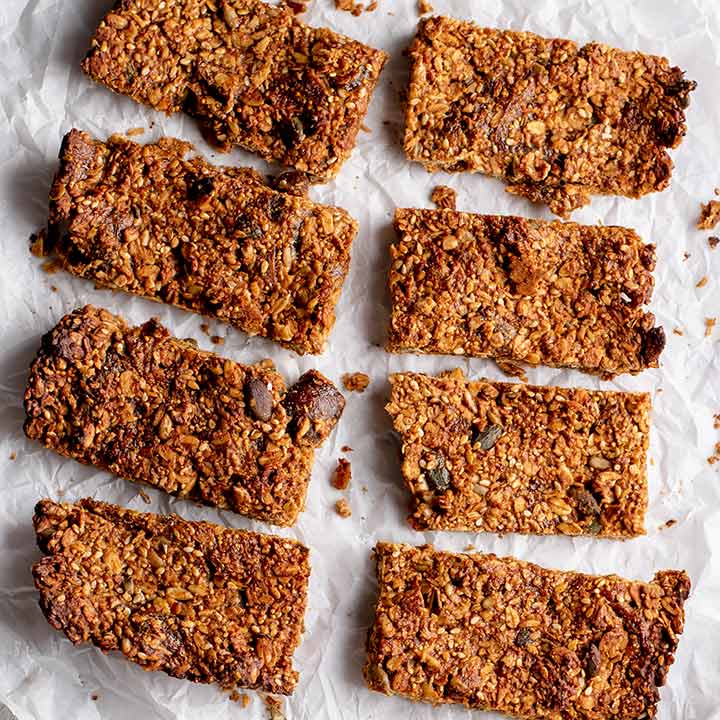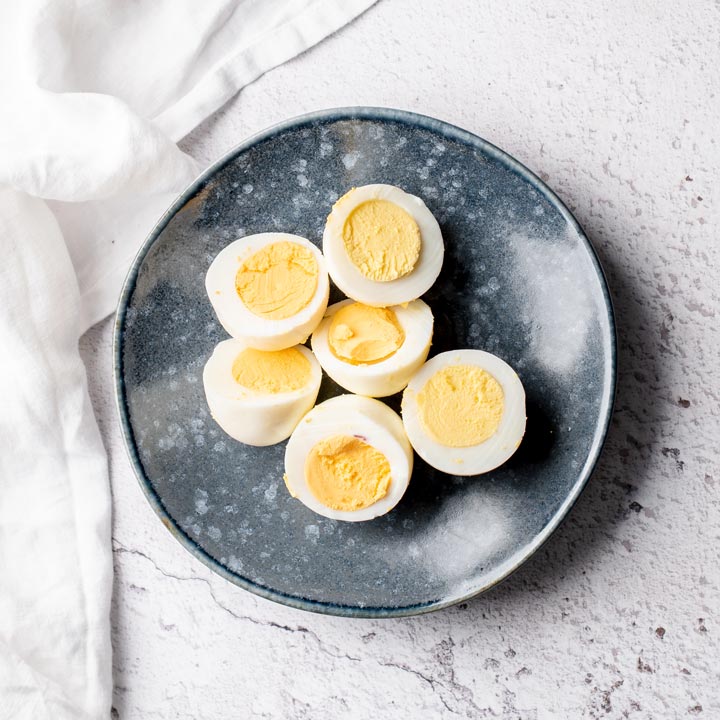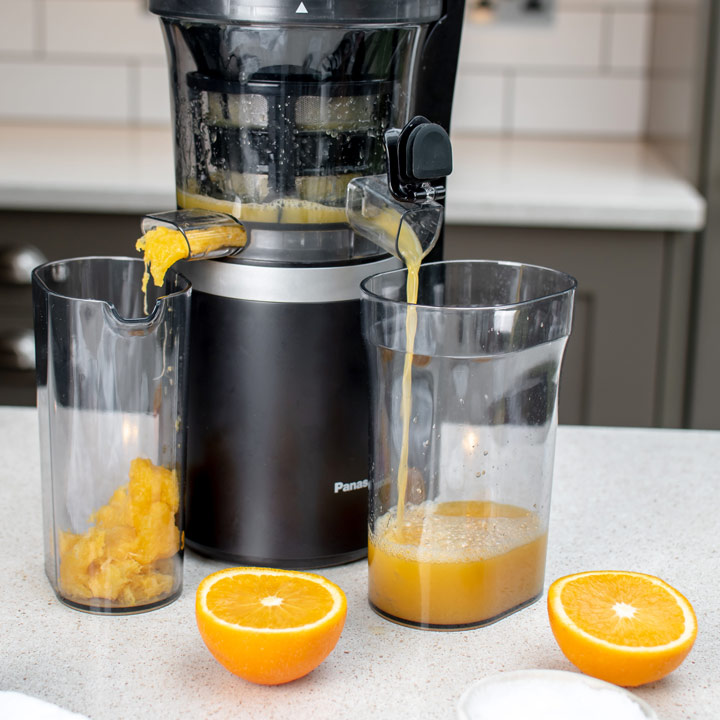Whether you’re new to exercise or a pro athlete, fuelling our workouts can help us to reach our fitness goals along with peak performance. But with the wealth of nutrition information available, it can be hard to know where to start. Here are 5 simple ways to nourish our body for a healthier and fitter you…
1. Don’t fear carbs
Carbohydrates are the body’s primary energy source, playing a key role in fuelling exercise. When we digest carbohydrates, they break down to sugar which our muscle cells use as energy. It’s important to fuel for the work required, therefore the amount of carbohydrate we require within our diet will depend on the type, intensity and duration of exercise. High-intensity exercise such as running will require more carbohydrates in comparison to low-intensity exercise such as yoga or walking. There are a vast array of carbohydrates we can enjoy within our diet. Starchy carbohydrates such as wholegrain bread, pasta, rice, quinoa, oats and potato are likely to provide a slower and steadier release of energy to the body in comparison to the carbohydrates found in fruit, fruit juice and concentrated sugars such as honey. Make life easy using a Pansonic breadmaker to whip up some freshly baked carbohydrate-rich homemade bread, or even your own pasta dish!
2. Plan your pre-workout meal wisely
A pre-workout meal or snack can give us that energy boost to maximise performance. However, it’s important to strike a balance between fuelling our workouts whilst minimising the risk of digestive upset during exercise. Consuming a heavy meal, along with too much fat and fibre too close to exercise may lead to digestive symptoms such as stomach ache and loose bowels. This is because exercise shunts blood flow away from the gut and towards the muscles and lungs. To reduce the risk of digestive upset, follow these three pre-workout principles below:
● With 2-4 hours pre-workout, enjoy a meal providing a balance of slow-release carbohydrates, protein and healthy fats. Why not try scrambled eggs with avocado on toast or a bowl of porridge with seeds?
● With just 1-2 hours pre-workout, keep energy high with a carbohydrate-rich snack containing a smaller amount of protein and fat. Try these nutritionist-designed Fig and Almond or Chocolate and Sour Cherry Power Bars! Bake these bars to perfection using the Panasonic Combi Oven, once cool they can be stored in an air-tight container and enjoyed on the go.
● With less than 1 hour pre-workout, opt for an easy-to-digest snack which provides a fast release of energy such as dried fruit or a banana. This can provide us with energy whilst reducing the risk of digestive upset.
3. Refuel to optimise recovery
Refuelling with the right foods after a workout is key, not only for replenishing our energy stores but for repairing and making our muscles stronger. After high-intensity exercise such as a run, enjoying a balanced meal or snack containing both carbohydrates and protein can help to optimise recovery. Post-exercise our body is in a more insulin-sensitive state, which means it is more efficient at storing the carbohydrate we eat as a source of energy for the next time we workout. It’s a little bit like filling up a car with petrol. What’s more, a post-workout meal or snack comprising of carbohydrates and protein in a ratio of 3:1 can enhance energy storage by a further 40% (2)! Why not try this speedy Steamed Salmon and Tabbouleh recovery dish, or this delicious gluten-free protein bread with your favourite topping?
4. Protein timing matters
Protein is hailed as a top nutrient in the sports nutrition world and with good reason. It’s essential within the diet to build and repair muscle tissue which may ultimately improve exercise performance. When it comes to maximising muscle growth, consumption of protein spread evenly throughout the day appears to be the most effective. Research suggests that around 20-40g protein per 3-4 hour period is the optimal dose to strengthen muscle tissue (3). To put this into perspective, a chicken breast provides 30g and an egg 6g protein. Protein-rich foods include meat, fish, eggs, dairy such as milk, yoghurt and cheese, soya, pulses, nuts and seeds.
5. Stay hydrated
Hydration is crucial particularly when it comes to those sweaty workouts. It’s well established that dehydration can hinder exercise performance (4). We lose fluid daily via urine, breath and sweat, however, exercise can increase sweat production and it’s therefore important to replace this lost fluid sufficiently. Requirements can vary based on the intensity and duration of exercise, along with the temperature. Striking the balance between under and overhydration is key, as overhydration can be just as detrimental to health. A fast-track way to determine if we are hydrated is to check the colour of our urine. A pale straw colour is the goal, anything darker may indicate that we need more fluid*.
Starting exercise hydrated is key, along with taking small regular sips of fluid throughout. A specialised sports drink is unlikely to be needed for workouts lasting less than one hour, but if embarking on more intense exercise such as training for a marathon, a beverage providing sugar, sodium (salt) and water may be more effective at replacing lost fluid whilst providing fuel.
Panasonic’s slow juicer can be a handy way to make our own sports drink, try a combination of fruit juice, water and a little salt.
*Vitamin supplements containing riboflavin can result in fluorescent yellow urine even when we are hydrated.
References:
1.https://pubmed.ncbi.nlm.nih.gov/8460288/
2.https://jissn.biomedcentral.com/articles/10.1186/s12970-017-0189-4
3.https://jissn.biomedcentral.com/articles/10.1186/s12970-017-0177-8
4.https://www.ncbi.nlm.nih.gov/pmc/articles/PMC6090881/
























